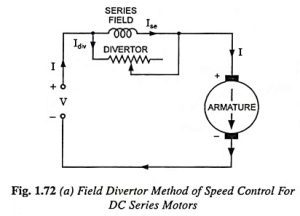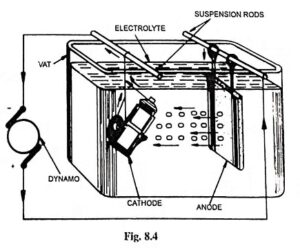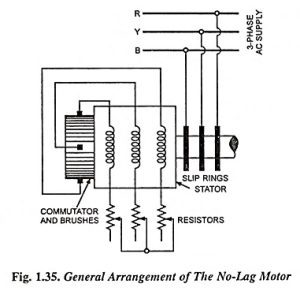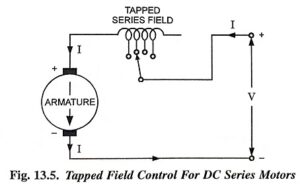Sources of Fault Power:
The sources of fault power originate in all the generating and other connected plants which under normal operating conditions draw power from the system. Mainly there are three sources which can feed into the short circuit; they are:
- Generators.
- Synchronous motors and synchronous condensers.
- Induction motors.
1. Generators as a Source of Fault Power
The generators are driven by prime movers and when the short circuit occurs, the generators continue to run at normal speed and the excitation is also maintained. Thus the normal voltage is continued to be generated, and due to this generated voltage an enormous current is fed to the fault point which is limited by the impedance of the generator and that of the circuit up to the fault point.
2. Synchronous Motor as a Source of Fault Power
Synchronous motors are similar to synchronous generators in construction. They have dc excitation and draw ac power from the power system and convert it into mechanical power. On occurrence of a short circuit, the system voltage is considerably reduced (almost to zero) and so supply of electrical power to the motor is stopped. As a result, the motor starts slowing down, but the flywheel and inertia of the motor prevents it from slowing down instead drives it as a prime mover. As the dc excitation is maintained, the synchronous motor starts operating as a synchronous generator. Mechanical energy stored in the flywheel and the rotor is thus converted into electrical energy and fed to the fault point. The magnitude of short-circuit current which it can supply to the fault point depends on the output kW, reactance and voltage rating of the motor.
3. Induction Motor as a Source of Fault Power
Like synchronous motor the induction motor also behaves like a generator at the time of short circuit. The difference between them is that the induction motor does not have dc excitation, but during normal operation the flux from the stator appears to be as if is being produced from the dc winding.
On occurrence of a short circuit on a system, the terminal voltage across the motor terminals drops to almost zero suddenly, the flux cutting the rotor does not change instantaneously, and the inertia of the motor continues to drive it, thus it also behaves as a generator and starts feeding the fault point until the stator flux decays.
Although, synchronous motors and induction motors act as generators only for a short intervals; but they definitely produce sufficient power to cause momentary duty on the circuit breakers.




